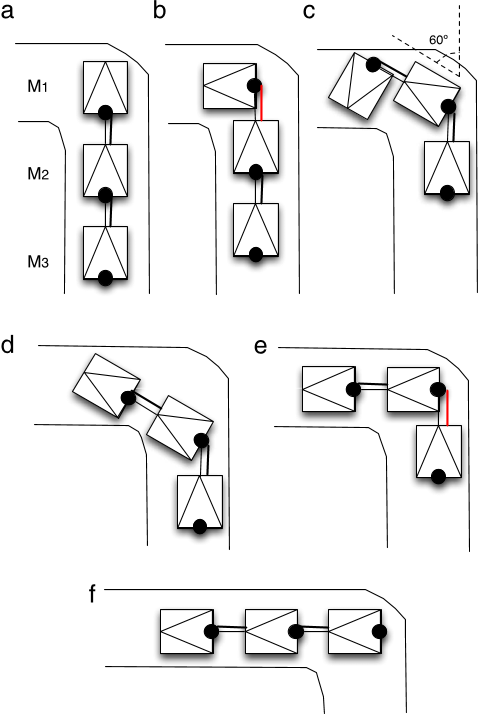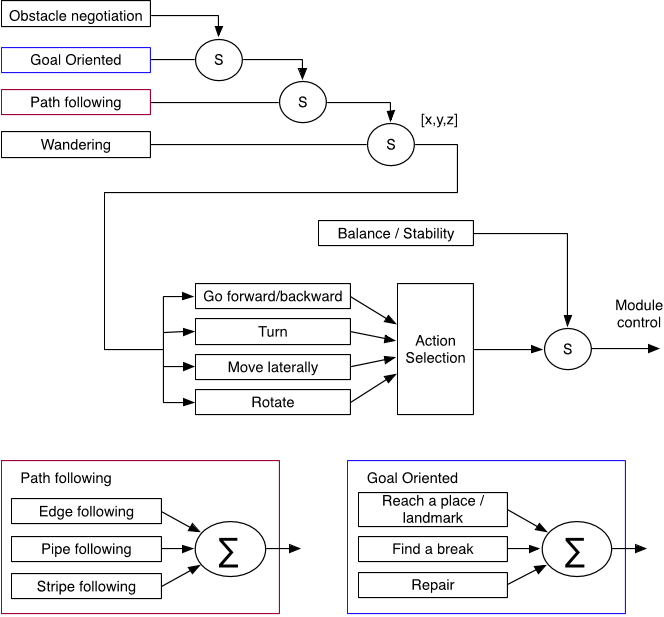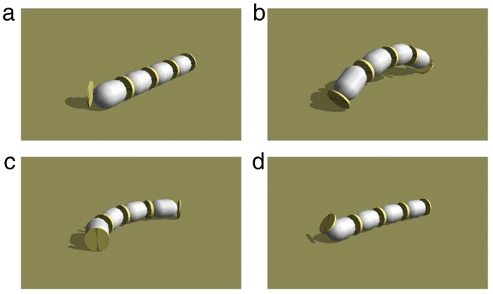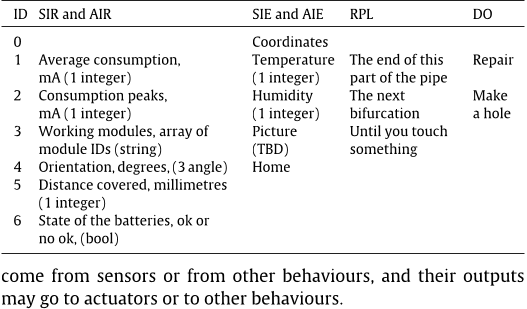Abstract: Research in the area of cooperative multi-agent robot systems has received wide attention among researchers in recent years. The main concern is to find the effective coordination among autonomous agents to perform the task in order to achieve a high quality of overall performance. Therefore, this paper reviewed various selected literatures primarily from recent conference proceedings and journals related to cooperation and coordination of multi-agent robot systems (MARS). The problems, issues, and directions of MARS research have been investigated in the literature reviews. Three main elements of MARS which are the type of agents, control architectures, and communications were discussed thoroughly in the beginning of this paper. A series of problems together with the issues were analyzed and reviewed, which included centralized and decentralized control, consensus, containment, formation, task allocation, intelligences, optimization and communications of multi-agent robots. Since the research in the field of multi-agent robot research is expanding, some issues and future challenges in MARS are recalled, discussed and clarified with future directions. Finally, the paper is concluded with some recommendations with respect to multi-agent systems.




















